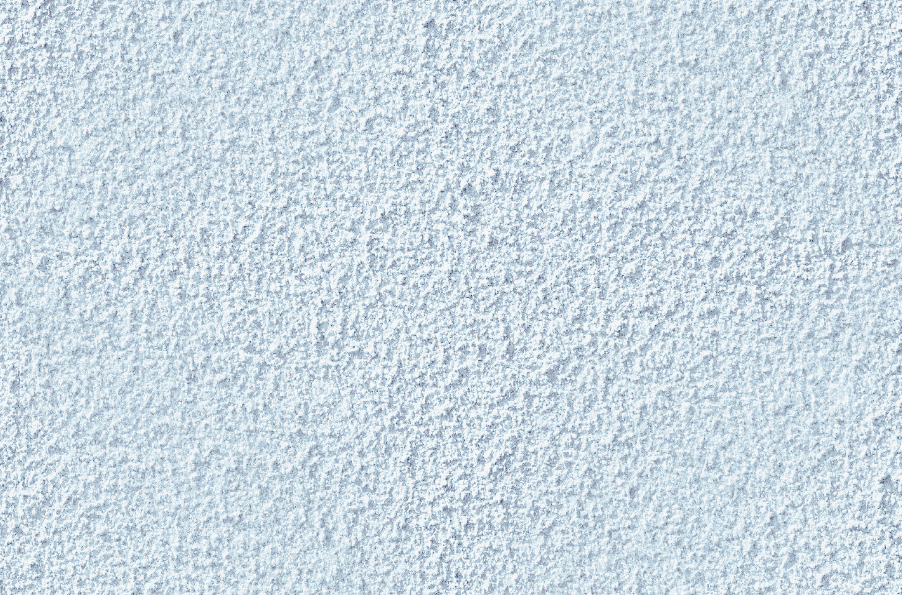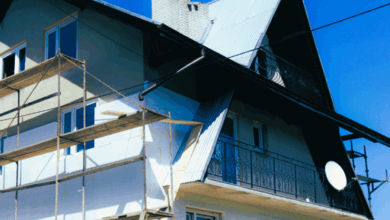Apply Stucco Over Slump Block

Slump blocks are a popular building material due of their structural complexity and attractiveness. Usually taken from the mold before it hardens, slump blocks are a kind of concrete.
The drooping shape is attractive and simple to mix with different wall systems. Slump blocks come in a wide spectrum of weights and hues. The slump block style is slowly waning, though, even if it offers several advantages to homeowners.
If your slump block walls need renovation, stucco is a great choice. Once a hallmark finish for Spanish architecture, stucco These days, nevertheless, this finish has been modified all over.
Stucco is made of water, Portland cement, lime, and sand. Applied as the last layer on walls, it is a finish. Stucco is strong and looks good. But can a slump block be covered with it? That is what we will handle.
Does Slump Block Work with Stucco?
Because slump blocks are produced from the same materials, stucco is very compatible with them. Construction companies allow the direct application of stucco on concrete slump blocks if sufficient prep work is done to guarantee adhesion.
So, if you were unsure whether you could stucco over slump block, you are free to improve the appearance of your house with this item.
Which Stucco Type is Best for Slump Block?
Should you have studied further about using stucco over slump blocks, you are aware that stucco comes in three primary varieties. To guarantee the durability of the project, you must apply the appropriate kind of stucco over slump blocks.
For slump blocks, the 2-coat technique is the ideal stucco. This method calls for using a bonding adhesive on the concrete slump blocks prior to putting two coats of stucco.
Other kinds of stucco include the one-coat technique, which is perfect for stiff foam boards. You should also be aware of the 3-coat system, which is rather labor-intensive and time-consuming since it calls for the installation of asphalt-infused paper, wire, and stucco.
For best outcomes, choose the 2-coat approach when obtaining stucco to cover the slump block.
Applying Stucco over Slump Block
The compatibility of these two materials should not deceive you into believing it is a simple task. Working on a large slump block wall calls for physical and emotional readiness.
Having an additional set of hands will help you to work more quickly. Still, here is a step-by-step tutorial on stuccoing over slump block.
-
Step 1: Surface Cleaning
Your slump block walls needs to be cleaned well if they have been around for some time. Any tenacious dirt and contaminants may be removed using a pressure wash. Older slump block walls can be sandblasted.
-
Step 2: Brush a concrete bonding agent
We said before that the 2-coat method is ideal for putting stucco over concrete slump blocks. So, start the installation by brushing a concrete bonding agent over the slump block.
Different kinds of concrete bonding agents include polyvinyl acetate (PVA) and latex emulsions. Choose an appropriate bonding and brush it over the slump block.
-
Step 3: Apply the First Coat
You may go on to put the first coat of stucco once the bonding agent dries. The initial coat or scratch should be at least 1/2″ or 1/4″ thick. Allow it to solidify.
-
Step 4: After 36 hours, sand the first coat
Sanding is essential since it allows the last layer to stick. You should sand the first coat within 36 to 48 hours.
But don’t over-sand the first coat to anything less than 1/8″ thick. Misting the first application with some water can help to keep it wet throughout this time.
-
Step 5: Apply the Second and Last Coat
Apply the last coat to complete the stucco application process over the slump block. The perfect thickness should be one-eighth to one-quarter. You may include powdered colors in the last coat to achieve a colored finish.
You may also decide the perfect texture during this final phase. The last coat should cure in two days. Remember to water it often.
The quality of the finish is determined by the curing stage of stucco, hence it is rather crucial. You must make sure the stucco is wet.
Can slump block coexist with stucco?
Stucco’s advantage is its ability to complement different wall finishes. These two designs can happily co-exist without compromising the outside look of your property if you desire stucco on some walls and keep slump bricks on others.
So, go ahead and cover certain slump bricks with stucco and some without to produce a distinctive look.
When putting stucco over the slump block, is a steel mesh required?
While looking for techniques to install stucco over slump block, you could find advice on using a wire mesh to encourage adherence. Is the steel mesh required?
You first have to realize that the same ingredients are used to make slump bricks and stucco. So, the degree of compatibility between these two items is great. That does away with a wire mesh.
Stucco also has something to cling to given slump blocks’ drooping shape. Remembering, too, that the approach I have outlined calls for a concrete bonding agent. It will be sufficient to guarantee stucco adherence over slump block walls.
But we cannot ignore the extra benefit of utilizing a wire mesh as its presence improves the attachment of stucco to slump bricks.
Wire mesh’s goal is to provide a rough surface for the stucco to stick to. This guarantees a strong link between these two materials and strengthens the wall construction.
Although a wire mesh increases the bonding strength and stiffness, it calls for much effort. Unlike a concrete bonding agent that merely needs to be brushed, a wire mesh must be screwed to the slump block.
One can only picture how challenging drilling into a slump block is. The positive side is that using a steel mesh eliminates the requirement for a bonding agent.
Another factor is that the stucco will be far thicker than with a bonding agent. You must consider both choices and decide which is more perfect.
Over Slump Block, How Long Does Stucco Last?
If you believed slump brick was tough, wait till you see stucco. If correctly put on a well-prepared surface, stucco can outlast slump bricks by more than fifty years. You won’t receive that long time from other kinds of siding, including wood and PVC.
Occasional upkeep of the stucco will help to guarantee its endurance. Maintenance expenses are quite modest, thus you need not stress them.
Will stucco increase slump block wall insulation?
Long ago, when slump blocks were used to construct houses, power was cheap. Thus, they are not meant to provide much insulation.
The good news is that putting a coat of stucco over your slump brick walls increases extra insulation. Your energy costs will be noticeably lower.
The stucco will also reduce noise from passing through. Apart from aesthetics, stucco provides insulating advantages as well.
May I Put Stucco Over Slump Block By Myself?
These days, anything is possible, particularly if you are a driven do-it-yourselfer. Above, we have provided a tutorial on putting stucco over slump bricks.
Particularly if you select the simpler path that involves applying a bonding agent, this is a project you can complete alone.
Installing stucco, particularly over a large area of slump block, is easier said than done, though. It takes time, effort, and a certain degree of expertise.
You might not like the concept of paying someone to put stucco over slump blocks. Still, it’s very worthwhile.
The prices of the installation are somewhat high as well. You might like to investigate and contrast the prices of several installers.
Does Slump Block Applied Over Stucco Crack?
Stucco put on the slump block can crack, which is a problem. Cracking has several different reasons. First, any movement felt on the foundation might cause cracking.
Cracks in wall junctions are also visible. When putting stucco on slump blocks, control joints should be placed on the corners. This will stop cracking.
Another justification for employing a professional to put the stucco over the slump block. Unattended cracks in your slump blocks could also compromise the stucco.

